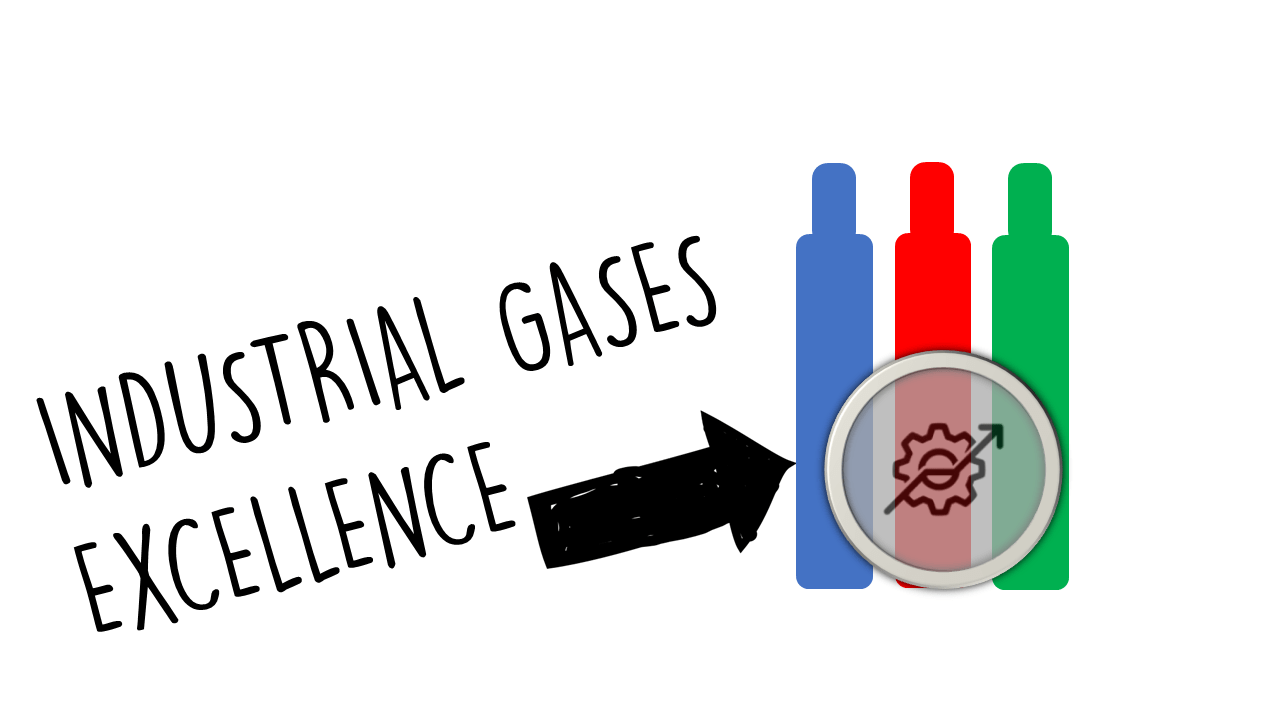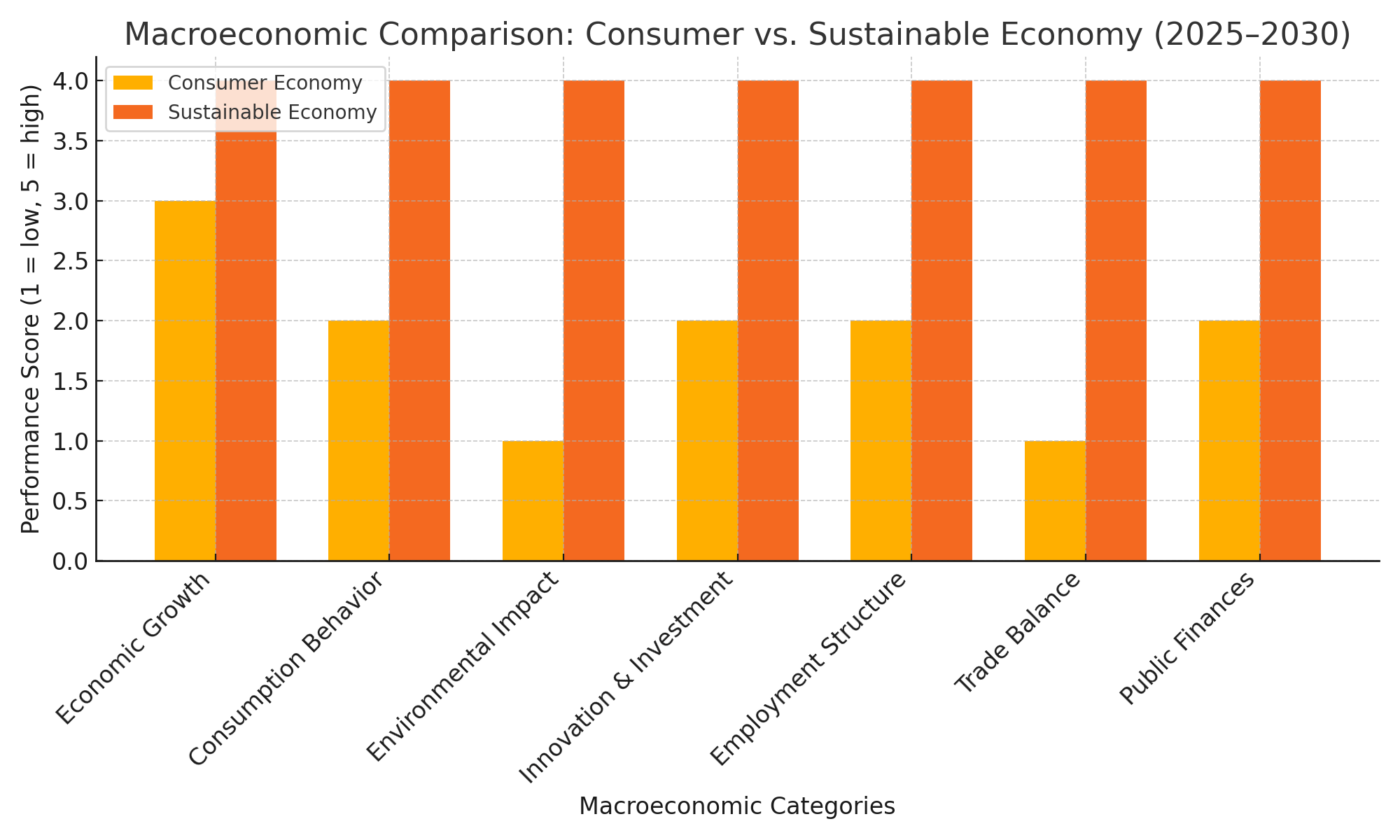Top 10 Opportunities for Industrial Gas Leaders in 2025
1. Hydrogen Economy Development
- Focus on the production, storage, and distribution of hydrogen as a clean energy source. Capitalize on emerging markets in hydrogen fuel cells for transportation and energy storage solutions.
2. Digital Transformation and Automation
- Implement IoT, AI, and advanced analytics to optimize operations, enhance supply chain efficiency, and improve customer engagement. Digitization can lead to significant cost reductions and improved decision-making capabilities.
3. Sustainable and Green Manufacturing
- Invest in technologies that reduce the carbon footprint of gas production. This includes carbon capture utilization and storage (CCUS) technologies and adopting cleaner production methods.
4. Circular Economy Practices
- Transition towards circular practices by developing closed-loop systems for gas recovery, recycling processes, and remanufacturing. Create value by minimizing waste and maximizing resource efficiency.
5. Expansion of Specialty Gases Market
- Grow offerings in high-purity and specialty gases required for advanced manufacturing, pharmaceuticals, and electronics industries. This sector is increasingly driven by technological advancements and regulatory changes.
6. Strategic Partnerships and Collaborations
- Engage in partnerships with technology firms, research institutions, and other stakeholders to foster innovation. Collaborations can accelerate new product development and market entry, particularly in emerging technologies.
7. Investments in Renewable Energy Integration
- Integrate renewable energy sources into production processes, particularly for hydrogen generation via electrolysis. This not only aligns with sustainability goals but also reduces dependence on fossil fuels.
8. Supply Chain Resilience and Optimization
- Focus on strengthening supply chains through diversification, local sourcing, and advanced logistics solutions. This can enhance responsiveness to market changes and mitigate risks associated with disruptions.
9. Advanced Gas Applications Research
- Invest in R&D to explore new applications and technologies utilizing industrial gases. This includes innovations in healthcare, electronics cooling, and advanced materials manufacturing, where gases play a crucial role.
10. Training and Workforce Development
- Prioritize workforce development through training programs tailored to emerging technologies and sustainable practices. A skilled workforce is essential for driving innovation and maintaining competitive advantage.
Conclusion
The industrial gas sector is evolving rapidly, presenting numerous opportunities for growth and innovation in 2025.
By strategically focusing on these ten areas, industrial gas leaders can position themselves as frontrunners in a competitive landscape, driving sustainability, efficiency, and technological advancement in the coming years.





